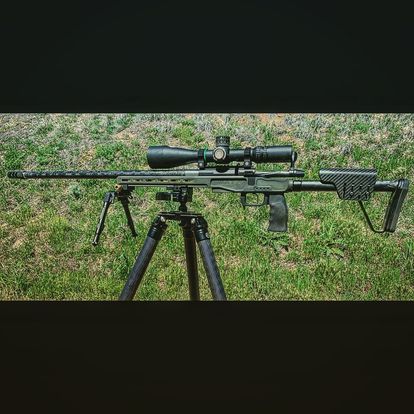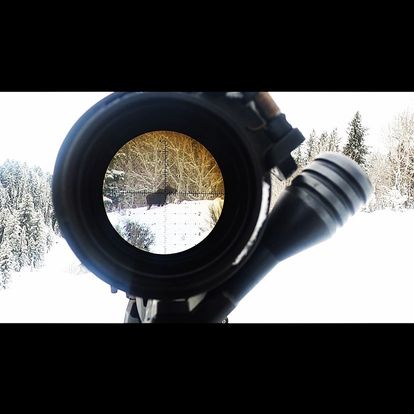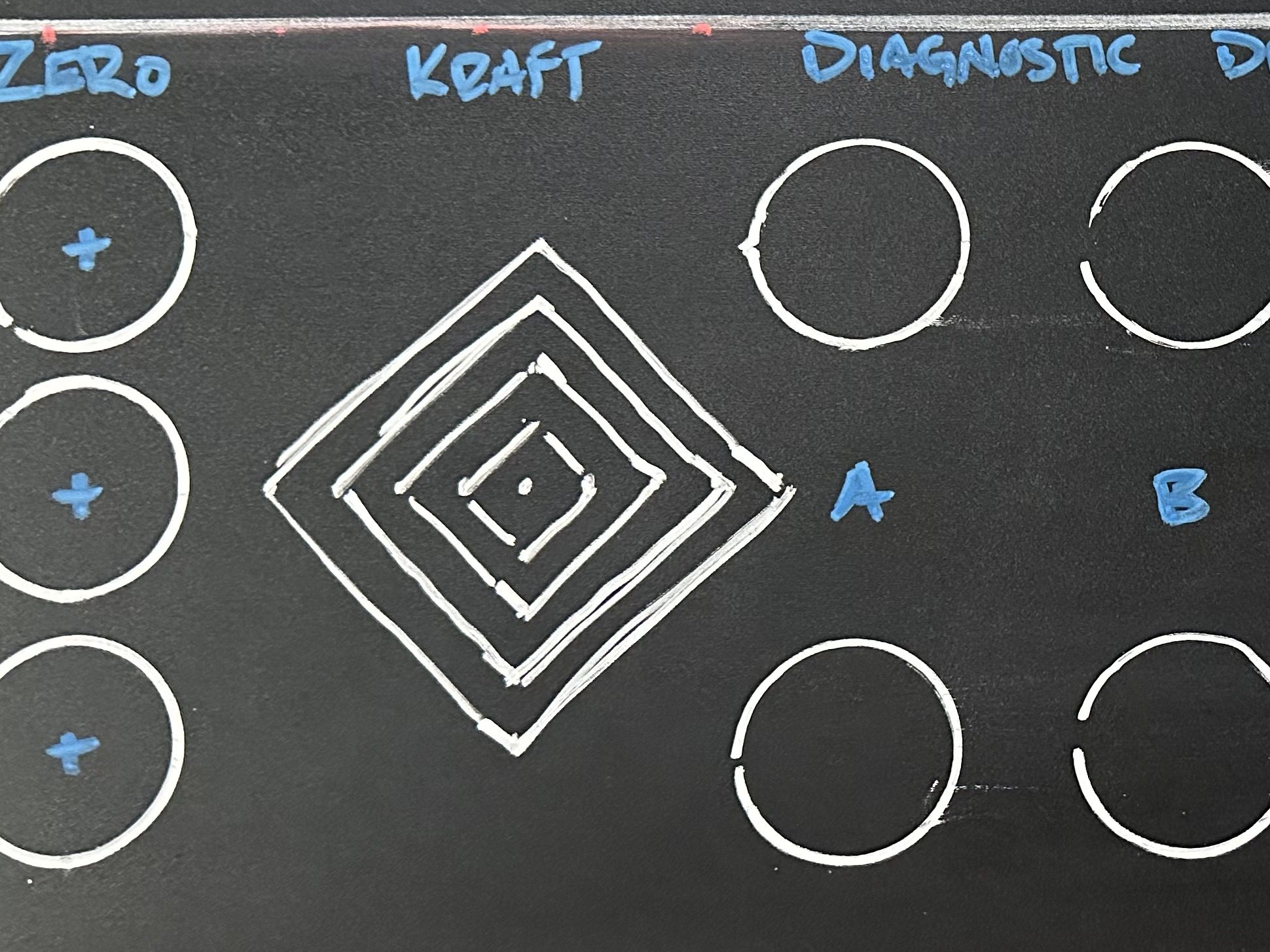Introduction
Rifle enthusiasts are always excited to show off their equipment. I am right there with the pack. Nice barrel, nice stock or chassis, and a cool new optic with many magnification levels. Who doesn’t want to appreciate them, and there’s nothing wrong with that. How do you figure out application zone, and use case performance zones, for these systems? I don’t subscribe to one rifle rules them all, even though it would be cool. Magnification levels make a difference for many shooters. If you havent tested your shooting at different magnification levels you might be missing more than you realize.

Knowledge is half the battle
I used to zero my rifle on high power, group it, dope it, and run. Now, I see shooters travel from one place to our courses somewhere else. I also see local shooters travel to another state and run into issues because of this “zero and go” method. So lets discuss using a variety of magnification levels when preparing your equipment. If you’re visual or auditory, check out the video we made here for a quick introduction.
Riflemen love to use their tools for all sorts of outlets. Some are short engagements at a quick pace, some long and precise on small targets, and everything in between. Again, there’s nothing wrong with this, but performance isn’t an even playing field, and one of the easiest elements to look at is the performance of the shooter when changing from application to application.

A short-range fast engagement is often limited by your ability to get a sight picture in an acceptable time parameter. If you’ve done this, you know that low power can be the king of speed. Great. The problem is that when you zeroed, you probably did it on high power. It’s not uncommon to group on paper at high power at 100 yards and then consider it good to go. Not quite. Can you exploit the rifle’s capability on low power to the same degree as high power?
How about long-range shooting? Sometimes the environment makes it difficult to use high power and see what you need to see. Again, can you maintain the same accuracy and precision when you power down? You might find that magnification levels make a difference!
True, the rifle system has a capability that we probably checked first and got really excited about. Don’t let that excitement cloud your vision from continuing a few more tests.
What I’m going to describe below is a quick and easy test. You can perform this test to help determine a range of magnification with which you might expect to perform optimally.

magnification level test
** Test **
With a zeroed rifle, shoot 3-5 rounds at a distinct point of aim on low, med, high power.
3-5 rounds might sound great to some of you, and others might be screaming sample size. I don’t like huge test-shot tests because our barrel lives are limited. I have seen enough groups to feel comfortable with patterns. One of the patterns I see is the following. Shooters can often shoot small groups, but group after group, the center moves around. With enough of these smaller groups combining, a larger circle develops. If you took any of them and measured the outlier from the center, it’s going to be suggestive of this. So, don’t focus on the tiny badass group as much as how far it is from the point of aim. After the low, med, high shots are done, look at the patterns and then note any trends.
If it looks like they all have the same shift, it could be indicative of a zero issue. If they wander, that’s ok. Wandering just means you have shifts that will fill in with volume, and you saved a few bucks.
You can repeat this test at a distance. If you feel like you would like to know how impacts and feedback look at those magnifications also.
After identifying the zone in which you shoot best, you can assess the ranges where you maintain the most performance. You might also consider working in those ranges or training your fundamentals to allow for a wider range.
Additional considerations
Another consideration in many applications is speed. An additional test you can perform after this is shooting for speed. At the various magnification levels you can determine an acceptable time range that links up to the magnification levels. Then you know if that time split/accuracy level is acceptable to you or if it requires tweaks or training.
I typically default to training if I have time. If I have an event that coming up, I will run this diagnostic series before hand. The knowledge allows me to set my magnification at the range I wanted. If my performance was good, I would run like that rather than zoom in and out excessively.
It all comes down to shooter skill and comfort. The majority of my coaching and training because it is the major source of error, and it’s trainable. This is no different.
We as riflemen can always improve. Finding areas to improve in requires fishing around for tests like these to expose our weaknesses. Then the determined rifleman will fill in the voids, and the payoff will be more impacts.
So, get after it and let us know how your zone of performance looks after doing your personal due diligence. Because magnification levels make a difference for many shooters and you might be one of them.

